Alright – so today we’ve got the honor of introducing you to Eric Standley. We think you’ll enjoy our conversation, we’ve shared it below.
Hi Eric, thanks for joining us today. Are you happier as a creative? Do you sometimes think about what it would be like to just have a regular job? Can you talk to us about how you think through these emotions?
Thanks for inviting me! Truly I would be miserable if I could not be compulsively creative on a daily basis. Impulse is an energizer for me, which is not a great ingredient to be a follower, or to hold a regular job, but it is essential to my creative process as an artist and professor. Logic taunts me into oppositional thinking like a squirrel to a bird-feeder, and though I’ve learned to filter over the years my viewpoint has to start the long way around with a sarcastic edge to it before I come back to what others would find obvious. While this was completely annoying to me and my teachers during my K-12 education it did help me find my way to art not by choice, but by necessity. Being an artist is my station in life where I can be most effective as a human being, which makes me feel purposeful.

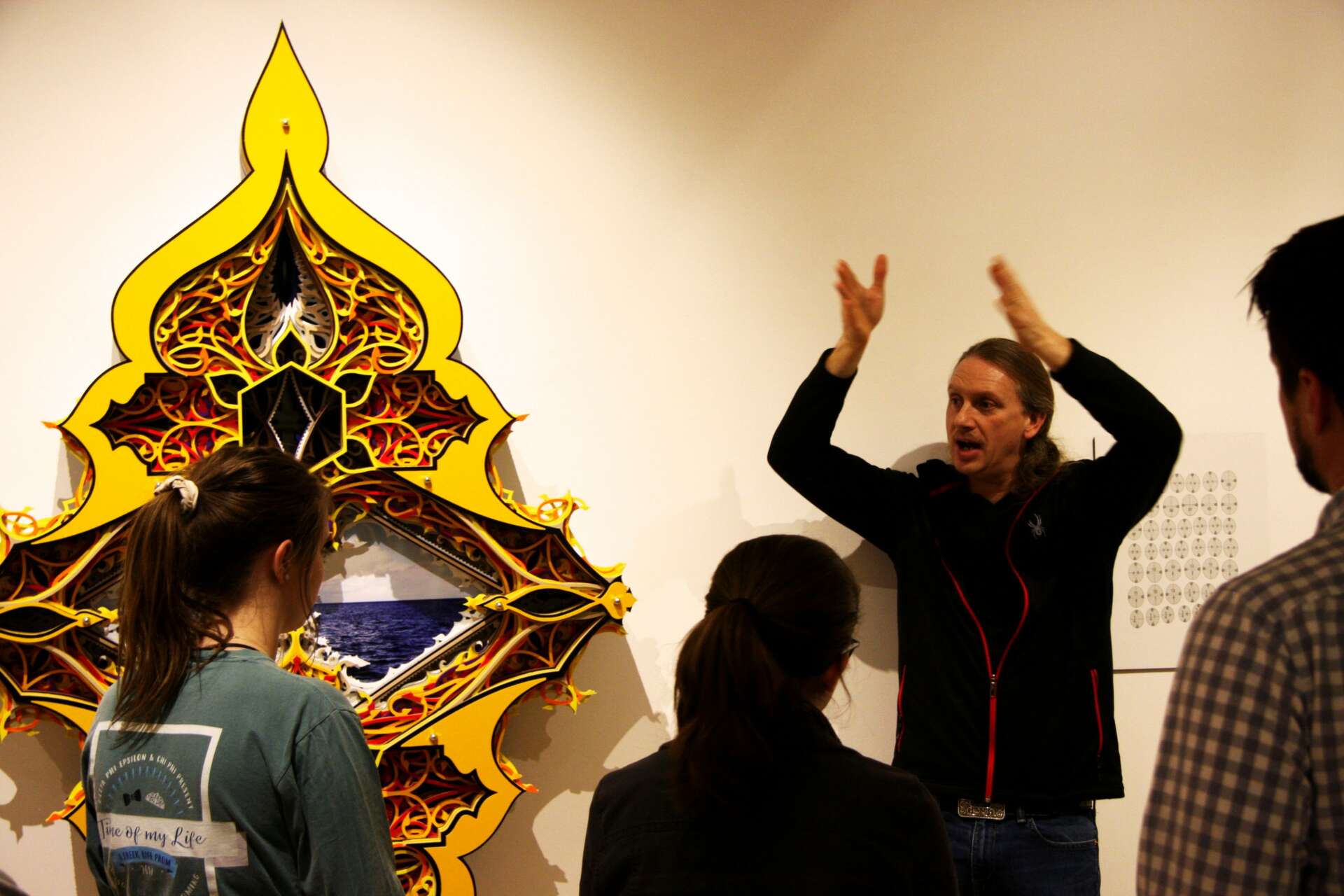
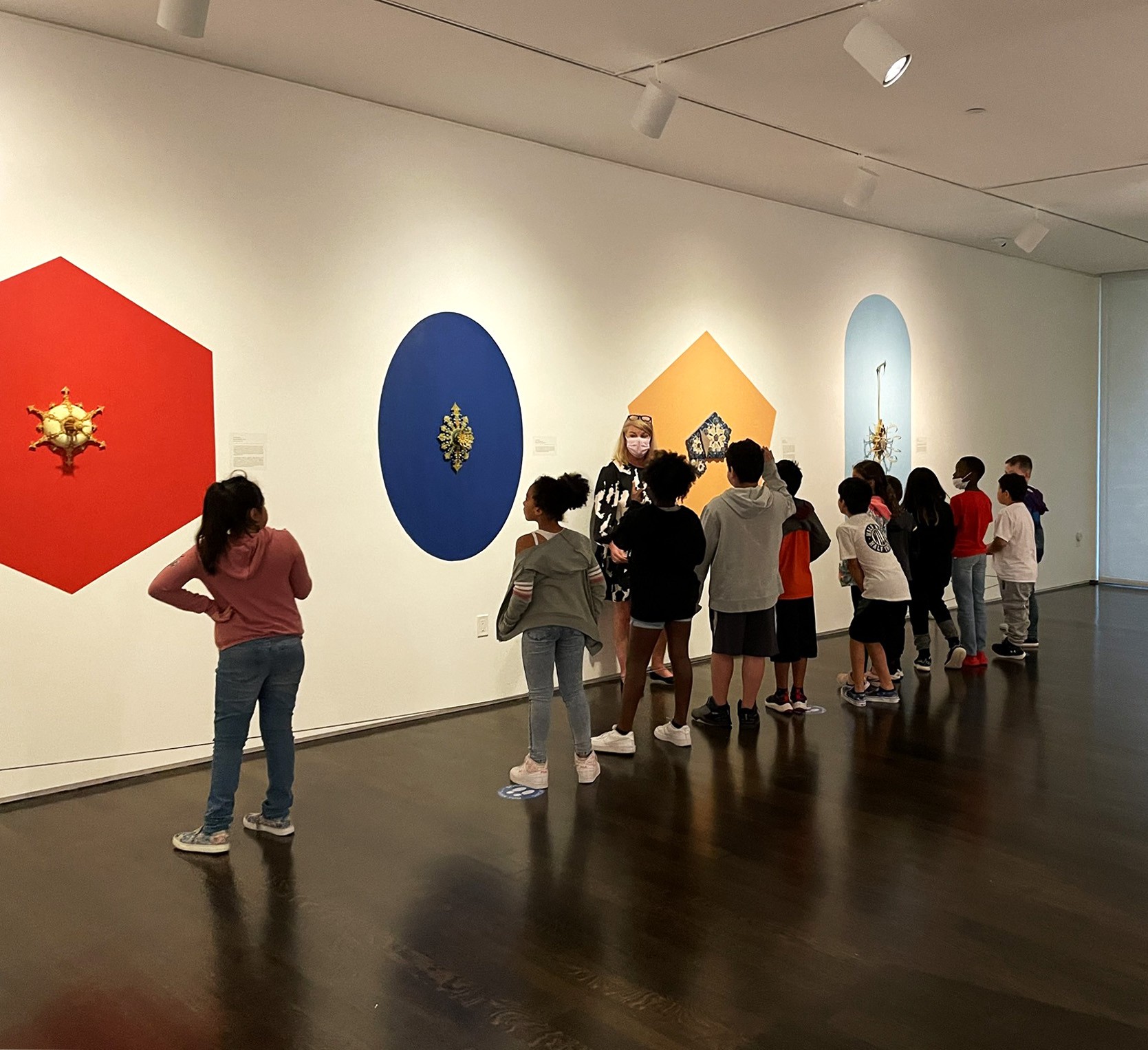
Eric, before we move on to more of these sorts of questions, can you take some time to bring our readers up to speed on you and what you do?
Sure – The best way to know a bit about me is to know what I believe in. Technology, faith and art have been intertwined since the dawn of humanity. I like the idea that the combination of these three elements form a transmission for humanity into potential futures. As bleak as the present is, where judgement, doubt and mediation are strategically used to subjugate groups of people in order to solidify power, control resources, and maintain privilege, we each have different ways of resisting oppression and contributing to the continuation of our species. Artists serve humanity by occupying the future with artifacts, events and dialogues that can become touchstones in what otherwise might be viewed as an abyss of existential hopelessness. A tall order from a high horse? F*ck yeah. And what do I do? I cut paper with photons.
I studied painting in college and worked with many amazing teachers and artists early on in my life. As a painter I gravitated toward traditional techniques like gold leaf and layering transparent oil-based colors to create jewel-like surface depth. These processes were like magic to me! My problem was I could not get past a sense that my artwork was historically facing, and would always be compared to something that already existed. In 2005 I started cutting paper with a CNC laser, and eventually developed a technique that started to define itself and evolve through the context of early laser cutting technology. My artwork became a stage for asking big questions and contemplating the repetitive patterns of paradoxes – all from a perspective of my own inhibitions and limits. I like equating things in metaphorical patterns and layers, kind of like a personal geometry, or somewhere between a hallucination and a dimensional thought map.
The vulnerability of paper steals my heart as a building material. It seems so unlikely, so innocent, and questionably out of place. Historically, paper has served as a humble vessel for our most profound, complicated and sacred texts. Physically speaking, it breathes light by absorbing, reflecting and dispersing color like no other material, creating miniature atmospheric auras. Each layer of colored paper in my work is cut with a laser to form compositions that are hundreds of layers deep. I draw each layer with a gaming mouse in vector software the same way traditional key-frame animations were created, only instead of movement I am negotiating physical space. The layers are drawn to conceal and reveal colors, lines and shapes when stacked, forming physical patterns that I call events. Multiple events typically make up a completed artwork. The proficiency of the drawing and cutting process allows me to obsess on complicated events and the subtle details that accumulate into complex compositions. Subjective relationships between patterns and cognition have become an odd vernacular that rotates around improvisation, discovery and archeology.
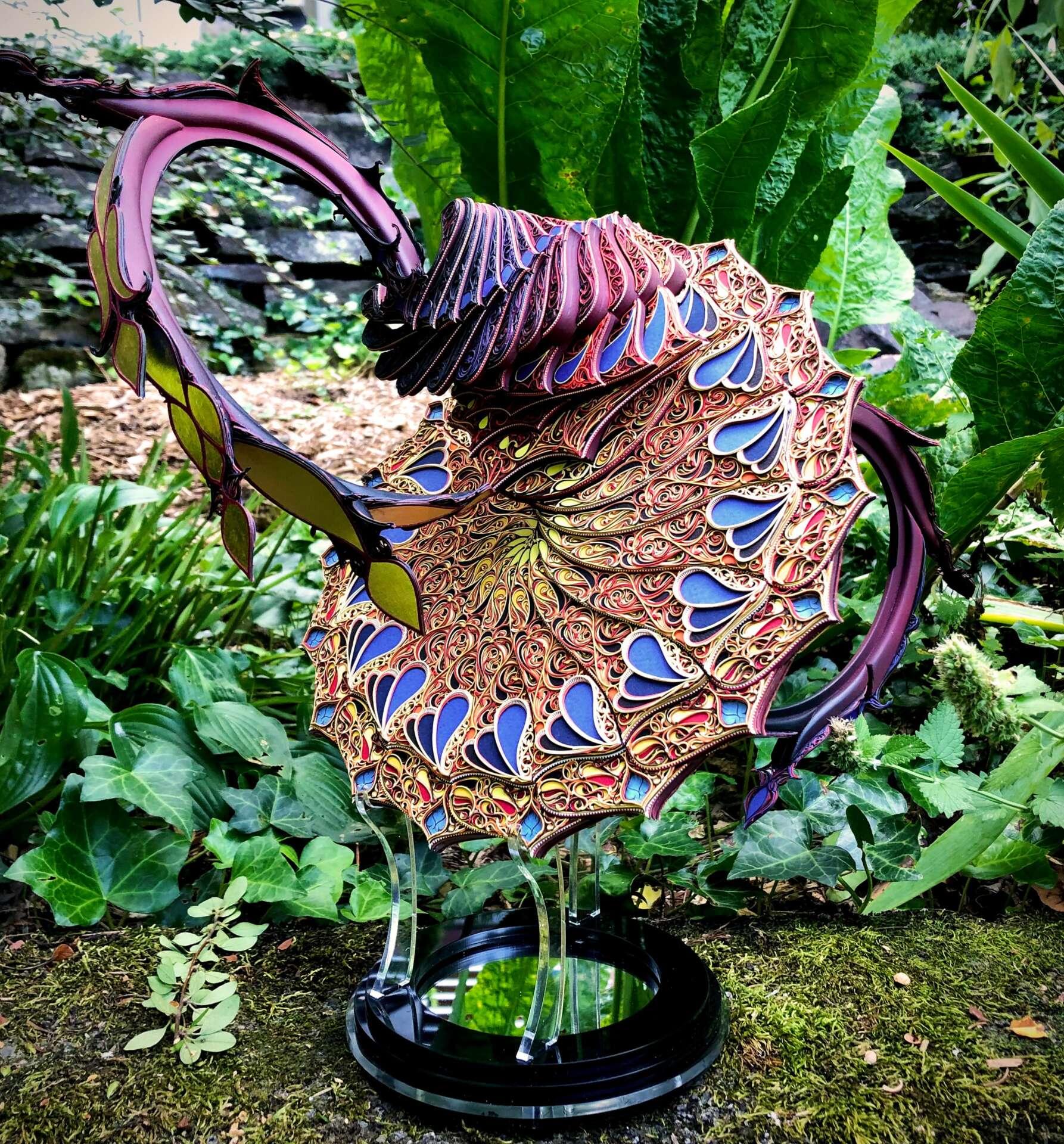

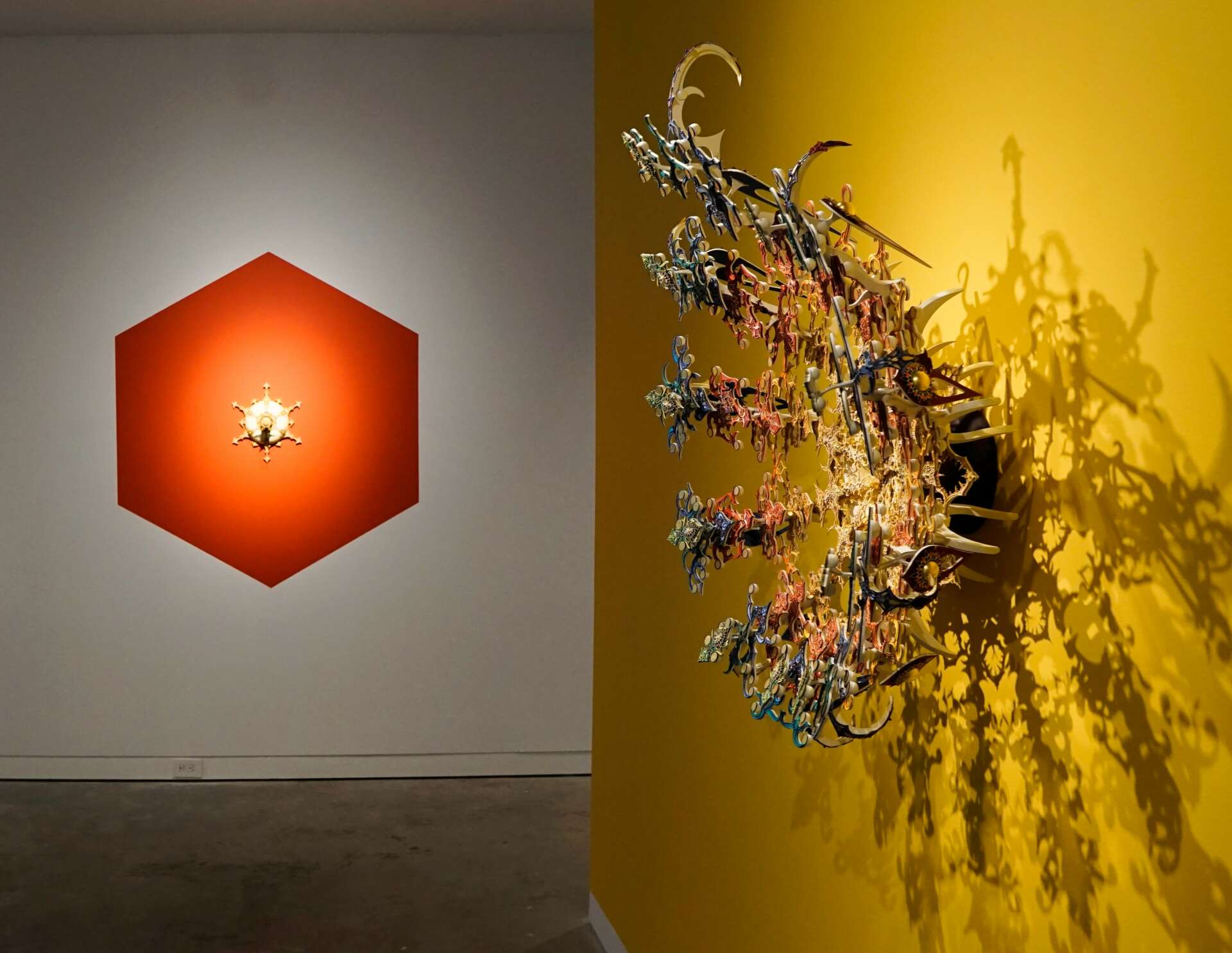
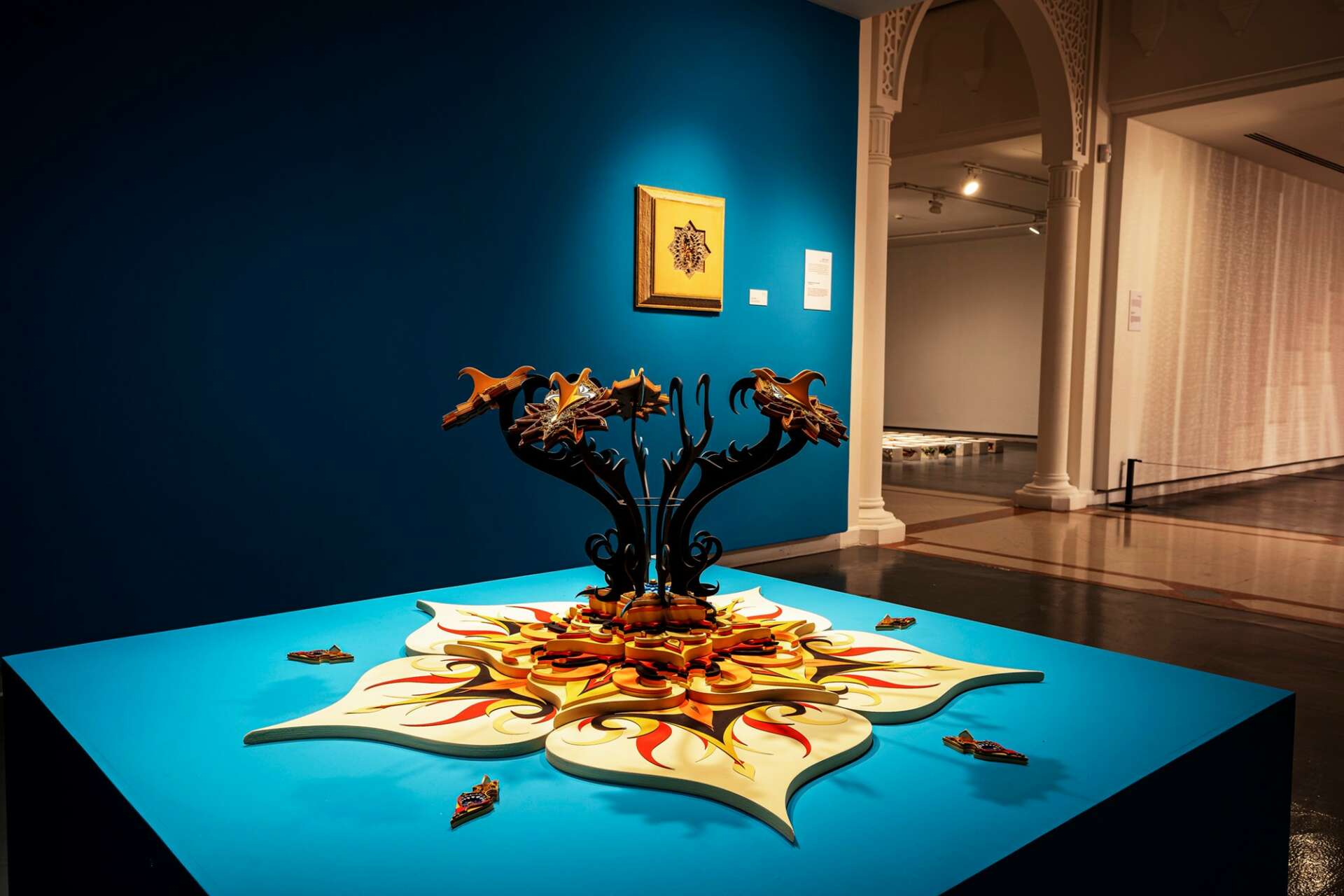
What can society do to ensure an environment that’s helpful to artists and creatives?
The long-term strength of our species is in our collective differences- our Darwinian variety that widens our natural selection chances when faced with adversity ranging from tiny to catastrophic. Art, music, theater and architecture are more than aesthetic forms of entertainment. They are also ethical examples of who and what we can become. Go see a band. Walk around inside a contemporary art museum. Eat food you never had before. Look for the future in these things!
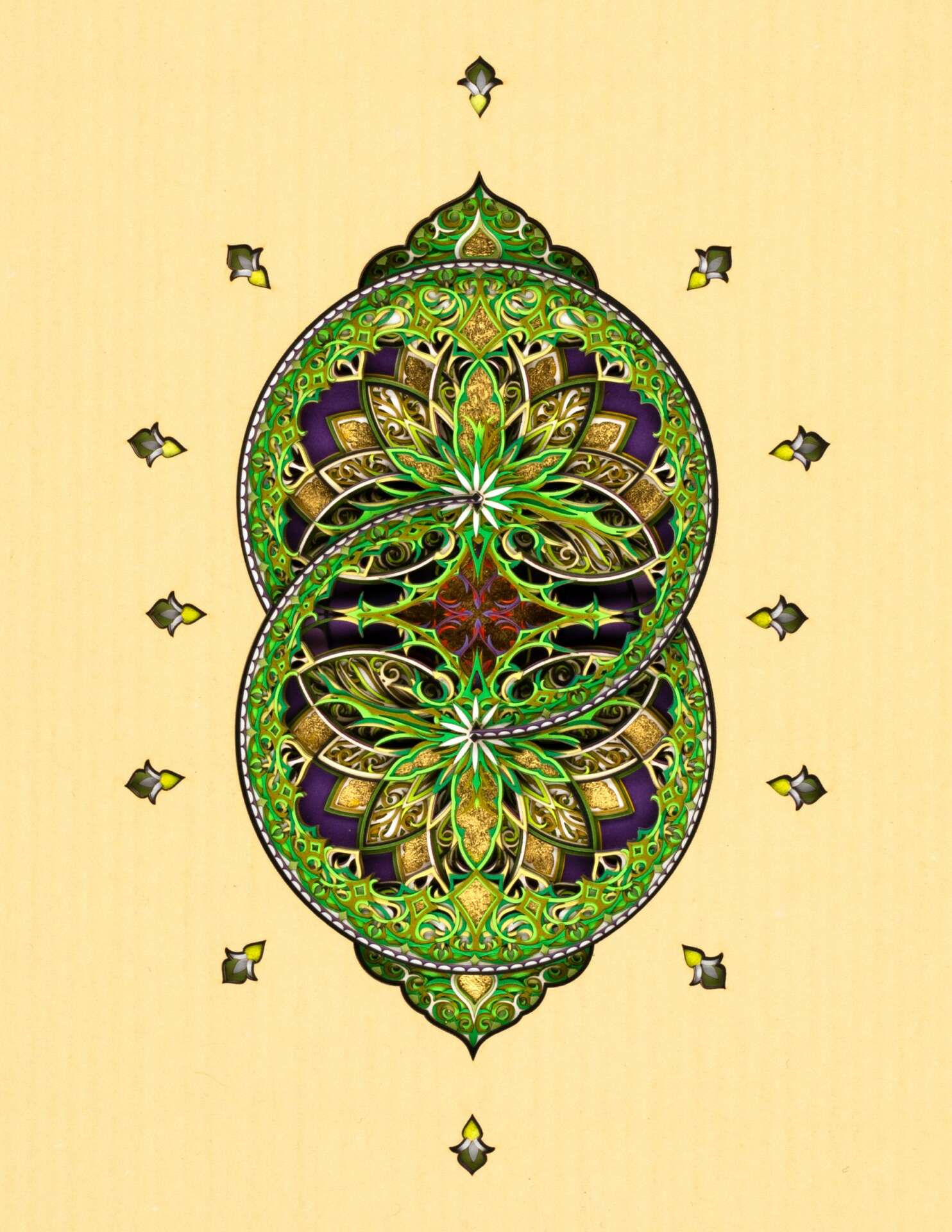

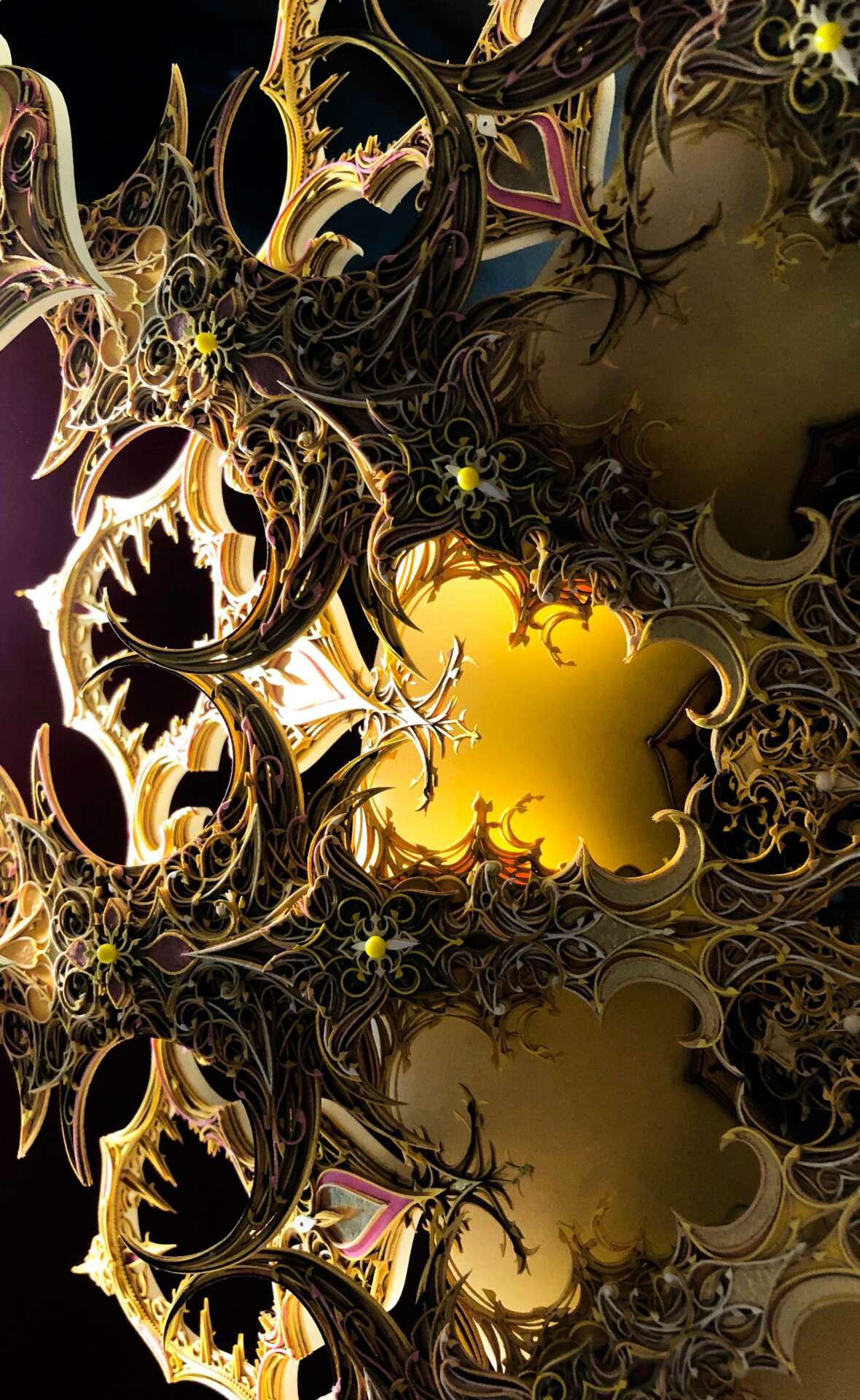
Do you think there is something that non-creatives might struggle to understand about your journey as a creative? Maybe you can shed some light?
While I love the fantastic precision that CNC lasers provide, and the drawing flexibility that vector software brings to my work, I avoid giving up my sensibility to artificial intelligence or algorithm processing. I am a human being making artwork for human beings. They are intentional and at the same time responsive to a viewer’s personal experience should someone take the time to project themselves into the work. It’s not required, but it can be understood as a shared experience – Like meeting the artist half way in decoding the object, and letting that relationship change as freely as the viewer wants. Each artwork occupies physical space as a singular object and are not duplicated or mass produced despite being created with industrial production tools. There is one of each in the world, and they are best seen and explored in person.
The technological capabilities of our age has the potential to help us discover things we have never seen, witnessed or even considered before. Making sure artists and creatives have access to these tools in order to aim some of our collective thoughts outside consumer-based manufacturing is a way to address a majorly overlooked global challenge: how do we see ourselves living differently in the future? As strange as contemporary art might appear to us now, the work is a part of a human lineage to project ourselves into future possibilities. It is an essential human function of generating hope that we, as a species, can locate familiarity in the unfathomable.
Contact Info:
- Website: http://www.eric-standley.com/
- Instagram: https://www.instagram.com/eric.standley/
- Facebook: https://www.facebook.com/eric.standley.712/
- Linkedin: https://www.linkedin.com/in/ericstandley/
- Youtube: https://www.youtube.com/channel/UCGBwxH_mWsGtqM_MBPSx9lA
- Other: https://art.state.gov/portfolio/3q-eric-standley/
Image Credits
Photos by: Peter Means https://petemeansphoto.com/ Eric Standley Ocean Standley


